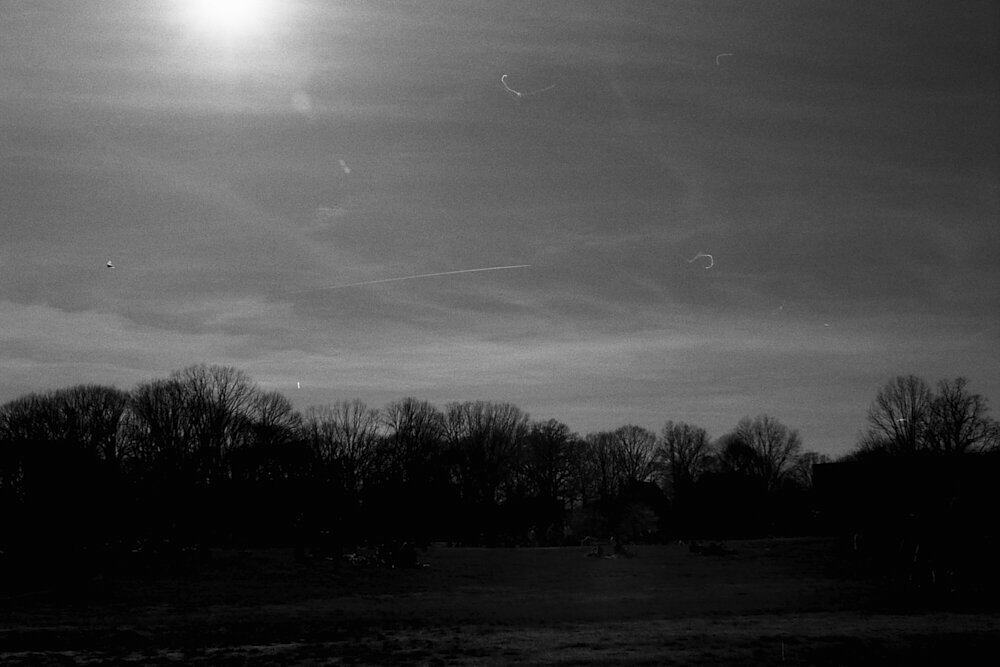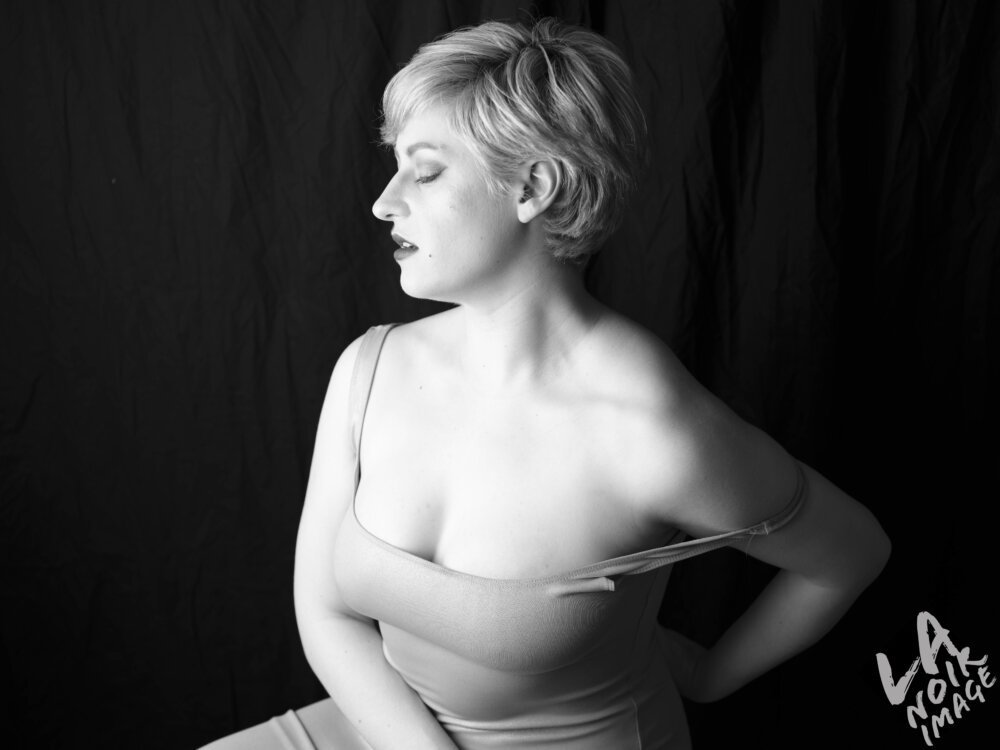How Closely Does Fujifilm Acros Compare To the Digital Film Simulation?
Acros 100: Landscapes

Fujifilm GFX 50S Acros Simulation
The above photo was shot with the new Fujifilm GFX 50S. The Acros simulation was shot and later on in Lightroom I ensured that that camera profile was applied. In this photo, there are no Graduated ND filters applied.

Minolta a7 Sony 35mm f1.4 Acros 100.
Lomography developed the images above and below from Fujifilm Acros 100 shot at and developed for 100. They’re shot on 35mm film look pretty close but not totally so. Still though, it’s tough to state that this isn’t the closest thing to Acros film. Fujifilm does a fantastic job with their emulsion rendition but another factor could also surely be the lenses. The new 110mm f4 from Fujifilm is pretty contrasty and the optics are far newer than the Sony A mount lens. With that said, it’s a bit hard to compare seeing that Fujifilm doesn’t make a full frame 35mm sensor and their medium format camera isn’t even 645.

Minolta a7 Sony 35mm f1.4 Acros 100.
Acros 100: Studio Portraits

Fujifilm Acros 100
In the studio is where I feel the comparison between Fujifilm Acros 100 and the GFX 50s became more interesting. In a studio setting, you’re truly making your own lighting. Often times a photographer will not care about any sort of ambient lighting because it’s all supplemented by a flash. To that end, the images are typically more high contrast depending on how the photographer lit them. The image above and below were lit in the exact same ways.

Fujifilm GFX 50S Acros
What you’ll see is that both images are very sharp. Acros 100, the emulsion proper, has a bit of grain but not really. The Fujifilm GFX 50S though looks very clean and digital. However, the 6×9 format photo also looks very clean.
Digital Presets vs Fujifilm’s Emulsions Simulation

X100F Acros Simulation
Now lastly, we’re looking at how the Acros camera simulation compares to something like Capture One Film styles. It’s close, but the shadows in the Capture One Film Styles simulation are deeper–perhaps designed to make the film look more high contrast in the lighting type.

Capture One Film Style Acros Simulation
